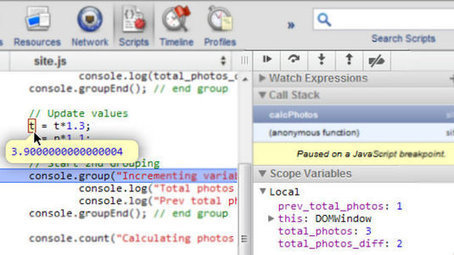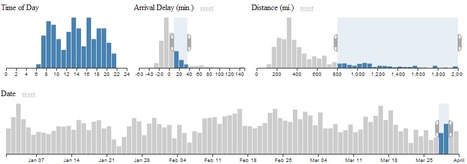konacha - Test your Rails application's JavaScript with the mocha test framework and chai assertion library.
It is similar to Jasmine and Evergreen, but does not attempt to be framework agnostic. By sticking with Rails, Konacha can take full advantage of features such as the asset pipeline and engines.




 Your new post is loading...
Your new post is loading...
























